Home>Gardening & Outdoor>Garden Tools & Equipment>How To Use A Leaf Blower As A Vacuum
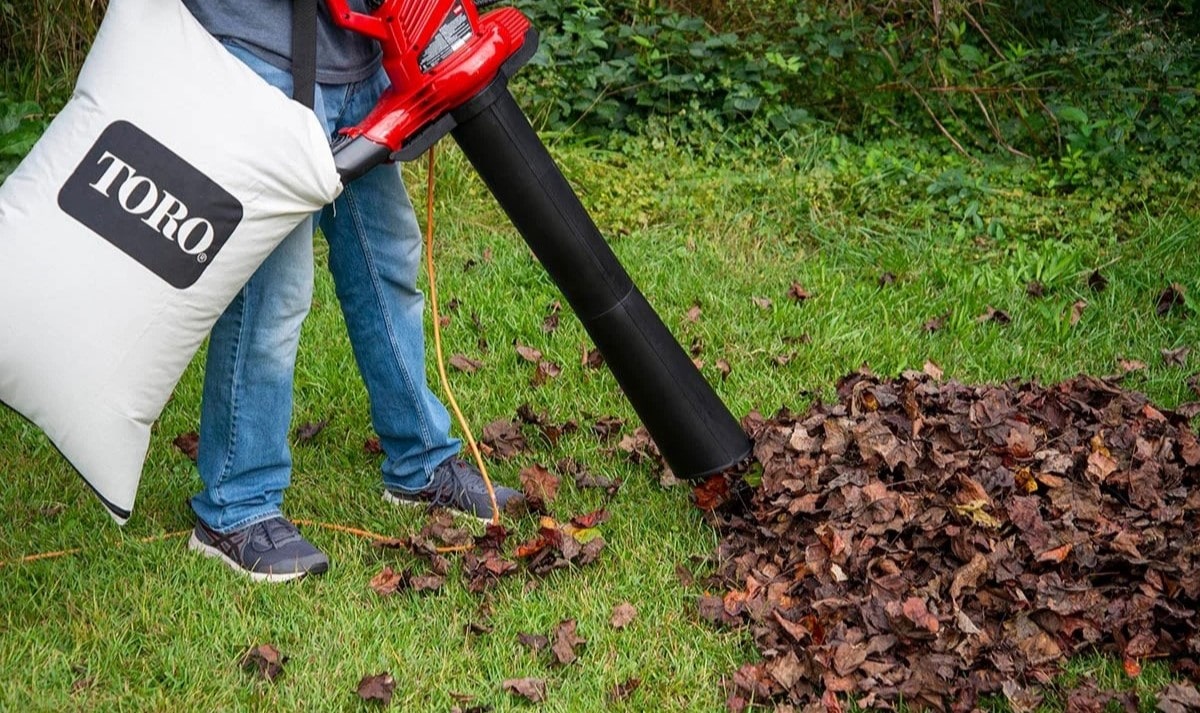

Garden Tools & Equipment
How To Use A Leaf Blower As A Vacuum
Modified: March 21, 2024
Learn how to efficiently use a leaf blower as a vacuum for your garden cleanup. Discover tips and techniques for maximizing your garden tools and equipment.
(Many of the links in this article redirect to a specific reviewed product. Your purchase of these products through affiliate links helps to generate commission for Storables.com, at no extra cost. Learn more)
Introduction
Gardening enthusiasts and homeowners alike understand the importance of maintaining a tidy outdoor space. Among the various tools and equipment available, a leaf blower stands out as a versatile and efficient device for clearing leaves, debris, and grass clippings. However, what if we told you that your trusty leaf blower can do more than just blow away debris? Indeed, with the right attachments and know-how, you can transform your leaf blower into a powerful vacuum.
In this comprehensive guide, we will delve into the world of leaf blower vacuums, exploring their functionality, safety precautions, and the process of converting a leaf blower into a vacuum. Additionally, we will discuss the proper usage of a leaf blower as a vacuum, maintenance tips, and the benefits of this dual-functionality tool.
Whether you are a seasoned gardener seeking new ways to streamline your outdoor maintenance routine or a homeowner looking to make your yard work more efficient, this guide will equip you with the knowledge and insights to harness the full potential of your leaf blower. Let's embark on this enlightening journey to discover how to use a leaf blower as a vacuum and elevate your outdoor cleaning experience.
Key Takeaways:
- Transform your leaf blower into a powerful vacuum to efficiently clear and collect debris, making outdoor cleaning tasks easier and more convenient.
- Prioritize safety and maintenance to ensure a secure and enduring outdoor cleaning experience while safeguarding the longevity and performance of your leaf blower vacuum.
Read more: How To Use A Leaf Blower
Understanding the Leaf Blower Vacuum
Before delving into the practical aspects of using a leaf blower as a vacuum, it’s essential to understand the functionality and benefits of this dual-purpose tool. A leaf blower vacuum, also known as a blower vac, combines the functionality of a traditional leaf blower with a vacuum feature, allowing users to not only blow debris away but also collect and mulch it.
One of the primary components of a leaf blower vacuum is the impeller, a powerful fan that generates suction to pull in and mulch leaves and other debris. The mulching process involves chopping the collected debris into fine particles, significantly reducing its volume and facilitating easier disposal or composting. This mulch can then be utilized as a nutrient-rich addition to garden beds or compost piles, contributing to sustainable gardening practices.
Leaf blower vacuums typically feature a collection bag or container to gather the mulched debris, providing a convenient and contained method for cleanup. Additionally, many models offer variable speed settings, enabling users to adjust the suction and blowing power according to the task at hand. This adaptability makes leaf blower vacuums suitable for a wide range of outdoor maintenance activities, from clearing large expanses of fallen leaves to tidying up smaller, hard-to-reach areas.
By understanding the mechanics and capabilities of a leaf blower vacuum, users can appreciate its versatility and the efficiency it brings to outdoor cleaning tasks. Whether it’s clearing pathways, tidying up garden beds, or maintaining a pristine lawn, the leaf blower vacuum offers a comprehensive solution for managing outdoor debris. With this knowledge in mind, let’s proceed to explore the safety precautions associated with using a leaf blower vacuum.
Safety Precautions
When using a leaf blower as a vacuum, prioritizing safety is paramount to ensure a smooth and secure outdoor cleaning experience. Whether you are a seasoned gardener or new to utilizing leaf blower vacuums, adhering to essential safety measures is crucial for protecting yourself and those around you.
First and foremost, it is imperative to wear appropriate personal protective equipment (PPE) when operating a leaf blower vacuum. This includes safety goggles to shield your eyes from debris and dust, ear protection to mitigate the effects of prolonged exposure to noise, and a dust mask to prevent inhalation of fine particles. Additionally, wearing sturdy gloves can safeguard your hands while handling the equipment and collected debris.
Before commencing any outdoor cleaning task with a leaf blower vacuum, it is essential to survey the area and remove any potential obstructions or hazards. Clear the space of rocks, branches, and other debris that could be inadvertently propelled by the equipment. Furthermore, ensure that pets, children, and bystanders are at a safe distance from the work area to prevent accidents or injuries.
When operating a leaf blower vacuum, it is crucial to maintain proper posture and body positioning to minimize strain and fatigue. Use a firm and balanced stance, distributing your weight evenly to enhance stability while maneuvering the equipment. Additionally, avoid overreaching or twisting your body excessively, as this can lead to muscle strain or potential loss of control over the leaf blower vacuum.
Another vital safety consideration is to familiarize yourself with the specific operational guidelines and safety features of your leaf blower vacuum model. Read the manufacturer’s instructions thoroughly to understand the recommended usage, maintenance procedures, and emergency shutdown mechanisms. By being well-informed about the equipment’s capabilities and limitations, you can mitigate potential risks and ensure a safe and efficient cleaning process.
By adhering to these safety precautions, users can harness the full potential of a leaf blower vacuum while minimizing the likelihood of accidents or injuries. With a keen focus on safety, you can confidently proceed to select the most suitable leaf blower vacuum for your outdoor cleaning needs, which we will explore in the following section.
Choosing the Right Leaf Blower
When considering the transition from a traditional leaf blower to a versatile leaf blower vacuum, selecting the right equipment is crucial for achieving optimal results. With a myriad of options available in the market, understanding the key factors to consider can guide you toward choosing a leaf blower that seamlessly converts into a vacuum, enhancing your outdoor cleaning capabilities.
First and foremost, assess the size of the outdoor areas you intend to maintain and the type of debris you typically encounter. For larger properties or expansive lawns with substantial leaf coverage, a gas-powered leaf blower vacuum may offer the necessary power and mobility. Alternatively, for smaller yards or noise-sensitive environments, an electric leaf blower vacuum can provide efficient performance with reduced noise levels and minimal environmental impact.
Consider the versatility of the leaf blower vacuum in terms of its functionality and attachments. Look for models that offer a quick and convenient transition between blowing and vacuuming modes, accompanied by durable and easy-to-install collection bags. Furthermore, some leaf blower vacuums feature mulching capabilities, allowing for the efficient breakdown of collected debris into mulch, which can be repurposed for gardening or disposed of more compactly.
Ergonomics and user comfort are also vital aspects to contemplate when selecting a leaf blower vacuum. Opt for a model with adjustable handles and a well-balanced design to minimize fatigue during prolonged use. Additionally, consider the weight and maneuverability of the equipment, particularly if you anticipate operating it in confined or hard-to-reach areas.
Another essential consideration is the availability of replacement parts, maintenance requirements, and the manufacturer’s warranty. Choosing a leaf blower vacuum from a reputable brand that offers readily accessible replacement parts and comprehensive support can prolong the lifespan of your equipment and ensure consistent performance over time.
By carefully evaluating these factors and aligning them with your specific outdoor cleaning needs, you can confidently select a leaf blower vacuum that seamlessly converts into a powerful and efficient vacuum. With the right equipment in hand, you are poised to embark on the process of converting your leaf blower into a vacuum, which we will explore in the following section.
When using a leaf blower as a vacuum, make sure to switch the setting to vacuum mode and attach the collection bag. Start with dry leaves and debris, and avoid sucking up large sticks or rocks to prevent damage to the machine.
Converting the Leaf Blower into a Vacuum
Transforming your leaf blower into a vacuum involves a straightforward process that unlocks its dual functionality, allowing you to efficiently clear and collect debris with ease. While the specific conversion steps may vary depending on the make and model of your leaf blower, the fundamental principles remain consistent across most leaf blower vacuum designs.
The first step in the conversion process is to ensure that you have the necessary vacuum attachments and accessories compatible with your leaf blower model. Typically, these accessories include a vacuum tube or nozzle and a collection bag or container designed to capture and contain the mulched debris. Refer to the manufacturer’s instructions or consult with a knowledgeable retailer to acquire the appropriate attachments for your leaf blower.
Once you have the requisite vacuum attachments, familiarize yourself with the conversion mechanism of your leaf blower. Many modern leaf blowers feature a tool-free conversion system, allowing for seamless transition between blowing and vacuuming modes. Attach the vacuum tube or nozzle to the designated port on the leaf blower, ensuring a secure and snug fit to prevent air leaks during operation.
Following the attachment of the vacuum tube, affix the collection bag or container to the corresponding outlet on the leaf blower vacuum. Verify that the bag is properly secured to prevent any potential dislodging during use. Some models may feature a quick-release mechanism for the collection bag, facilitating effortless removal and disposal of the mulched debris.
Before commencing vacuuming operations, inspect the impeller and mulching components of the leaf blower vacuum to ensure they are clean and free of obstructions. Clear any accumulated debris or blockages to optimize the suction and mulching efficiency of the equipment. Additionally, confirm that the impeller and mulching components are in good condition and functioning as intended.
By following these conversion steps and acquainting yourself with the specific features of your leaf blower vacuum, you can seamlessly transition from a standard leaf blower to a powerful vacuum, ready to tackle outdoor cleaning tasks with precision and efficacy. With your leaf blower successfully converted into a vacuum, it’s time to explore the practical aspects of using this multifaceted tool, which we will delve into in the following section.
Read more: What Is The Best Leaf Blower Vacuum Mulcher
Using the Leaf Blower as a Vacuum
Once you have successfully converted your leaf blower into a vacuum, you are ready to harness its dual functionality to efficiently clear and collect debris in your outdoor space. Whether you are tidying up fallen leaves, clearing grass clippings, or managing garden debris, using a leaf blower as a vacuum opens up a world of convenience and effectiveness in outdoor maintenance.
Prior to using the leaf blower as a vacuum, survey the area to be cleaned and remove any large or hard objects that could potentially obstruct the vacuum tube or impeller. Clearing the work area of obstacles ensures smooth and uninterrupted operation, minimizing the risk of equipment damage or blockages.
When operating the leaf blower as a vacuum, it is essential to maintain a steady and deliberate pace to allow the equipment to effectively suction and mulch the debris. Move the vacuum tube methodically across the surface, directing it toward the targeted debris while ensuring a consistent and even collection process. Avoid rapid or erratic movements that may impede the equipment’s performance or lead to uneven debris pickup.
As you vacuum the debris, periodically inspect the collection bag or container to monitor the volume of mulched material and prevent overfilling. Many leaf blower vacuum models feature transparent or translucent collection bags, allowing users to gauge the level of debris accumulation easily. Once the bag reaches its capacity, pause the vacuuming process and empty the contents into a designated disposal area or compost pile.
Furthermore, take advantage of the mulching feature of the leaf blower vacuum to break down the collected debris into fine particles. The mulch generated by the vacuuming process can be repurposed as a nutrient-rich addition to garden beds, utilized as a protective layer for plant roots, or composted to enrich the soil. This sustainable approach to managing garden debris underscores the ecological benefits of using a leaf blower as a vacuum.
After completing the vacuuming task, detach the collection bag or container from the leaf blower and clean any residual debris from the equipment to maintain its optimal performance. Store the vacuum attachments in a designated space, ensuring they are readily accessible for future use. By incorporating these best practices, you can maximize the efficiency and longevity of your leaf blower vacuum, elevating your outdoor cleaning endeavors.
With a firm grasp of how to effectively use a leaf blower as a vacuum, it is essential to understand the maintenance and cleaning procedures that contribute to the longevity and performance of this multifunctional tool, which we will explore in the following section.
Maintenance and Cleaning
Proper maintenance and regular cleaning are essential to uphold the performance and longevity of a leaf blower vacuum, ensuring that it remains a reliable and efficient tool for outdoor cleaning tasks. By incorporating routine maintenance practices and adhering to cleaning protocols, users can prolong the lifespan of their equipment and mitigate potential issues that may arise from neglect or improper care.
One of the primary maintenance tasks for a leaf blower vacuum is the periodic inspection and cleaning of the impeller and mulching components. Over time, debris and residues may accumulate within these elements, impeding the suction and mulching capabilities of the equipment. Utilize a soft brush or cloth to gently remove any buildup and ensure that the impeller and mulching components are free from obstructions.
Additionally, inspect the vacuum tube and collection bag or container for any signs of wear, tear, or damage. Ensure that the vacuum tube remains unobstructed and free from blockages, allowing for unimpeded airflow during the vacuuming process. If the collection bag or container exhibits punctures or tears, consider replacing it to maintain effective containment of mulched debris.
Regularly check the fastening mechanisms and connections of the vacuum attachments to verify that they are secure and properly affixed to the leaf blower. Loose or improperly fitted attachments can compromise the equipment’s performance and pose safety risks during operation. Tighten any loose fittings and confirm that the vacuum tube and collection bag are firmly attached before commencing any outdoor cleaning tasks.
Furthermore, it is crucial to adhere to the manufacturer’s recommended maintenance schedule, which may include tasks such as lubricating moving parts, inspecting the engine or motor, and replacing worn or damaged components. Following these guidelines can prevent premature wear and ensure that the leaf blower vacuum operates at its optimal capacity throughout its service life.
After each use, conduct a thorough cleaning of the leaf blower vacuum to remove accumulated debris, dust, and residues. Wipe down the exterior surfaces of the equipment with a damp cloth to maintain its appearance and prevent the buildup of grime. Store the leaf blower vacuum in a dry and sheltered location, safeguarding it from environmental elements and potential damage.
By integrating these maintenance and cleaning practices into your leaf blower vacuum care routine, you can uphold the equipment’s functionality and extend its longevity, enabling you to continue enjoying the benefits of a versatile and reliable outdoor cleaning tool. With a commitment to proper maintenance, your leaf blower vacuum can continue to enhance your outdoor maintenance endeavors for years to come.
As we conclude this comprehensive guide, it is evident that utilizing a leaf blower as a vacuum presents an array of benefits, from efficient debris collection to sustainable mulching practices. By understanding the operational intricacies, safety precautions, and maintenance essentials associated with leaf blower vacuums, you are empowered to make the most of this multifunctional tool, elevating your outdoor cleaning experience with ease and efficacy.
Conclusion
In the realm of outdoor maintenance and gardening, the leaf blower vacuum emerges as a versatile and indispensable tool, offering the combined functionality of clearing debris and efficiently collecting and mulching it. By understanding the operational dynamics, safety precautions, and maintenance protocols associated with leaf blower vacuums, users can unlock the full potential of this multifaceted equipment, enhancing their outdoor cleaning endeavors with ease and efficiency.
From the seamless conversion of a leaf blower into a vacuum to the practical aspects of using it for debris collection and mulching, the journey to harnessing the dual functionality of this tool is marked by convenience, sustainability, and effectiveness. The ability to repurpose collected debris as nutrient-rich mulch underscores the ecological benefits of using a leaf blower as a vacuum, aligning with sustainable gardening practices and environmental stewardship.
Moreover, the safety precautions and maintenance practices outlined in this guide serve as pillars of support, ensuring a secure and enduring outdoor cleaning experience while safeguarding the longevity and performance of the equipment. By prioritizing safety and adhering to maintenance protocols, users can confidently navigate the realm of leaf blower vacuums, leveraging their capabilities to streamline outdoor maintenance tasks with precision and care.
As you embark on your journey with a leaf blower vacuum, whether for managing fallen leaves, tidying garden beds, or maintaining pristine pathways, the insights and knowledge gained from this guide will serve as your compass, guiding you toward a seamless and rewarding outdoor cleaning experience. By integrating the principles and best practices shared here, you are poised to elevate your outdoor maintenance endeavors, transforming your leaf blower into a powerful and efficient vacuum that complements your gardening and landscaping pursuits.
In closing, the leaf blower vacuum stands as a testament to innovation and practicality in the realm of outdoor tools, offering a holistic solution for debris management and sustainable gardening practices. With a firm understanding of its functionality, safety considerations, and maintenance essentials, you are equipped to embark on a fulfilling and efficient outdoor cleaning journey, seamlessly transitioning from blowing away debris to embracing the transformative power of vacuuming and mulching with your trusty leaf blower.
Frequently Asked Questions about How To Use A Leaf Blower As A Vacuum
Was this page helpful?
At Storables.com, we guarantee accurate and reliable information. Our content, validated by Expert Board Contributors, is crafted following stringent Editorial Policies. We're committed to providing you with well-researched, expert-backed insights for all your informational needs.
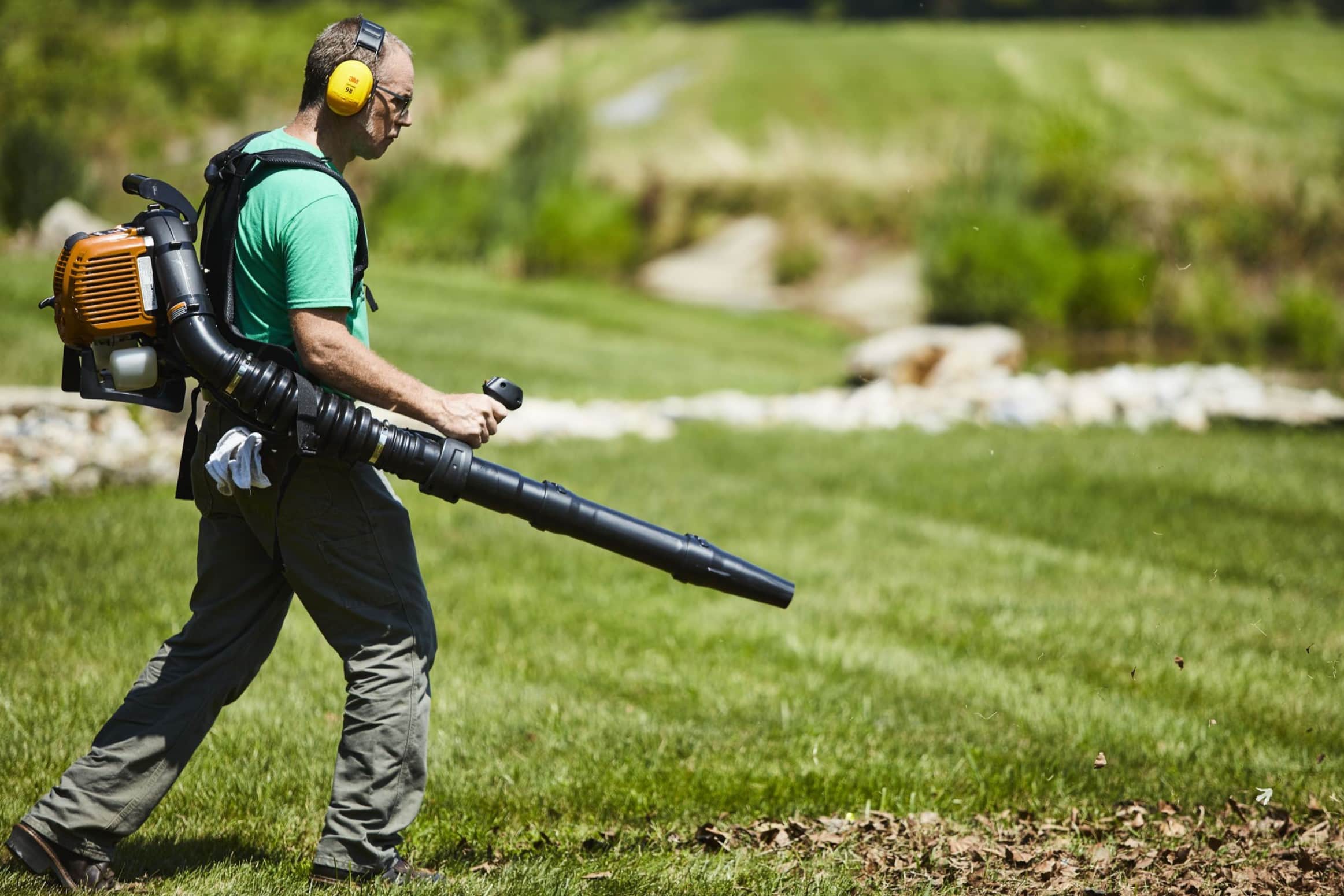
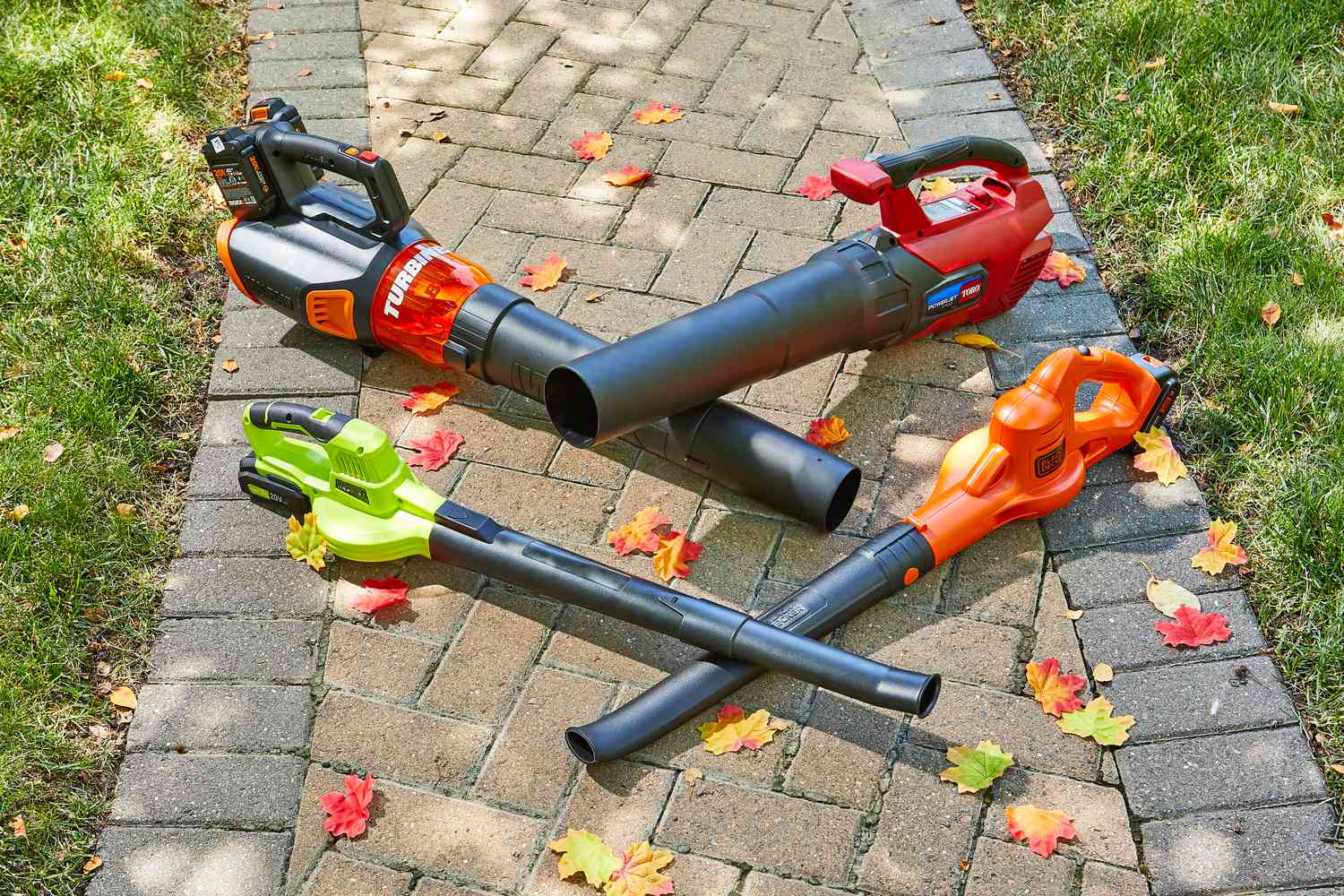
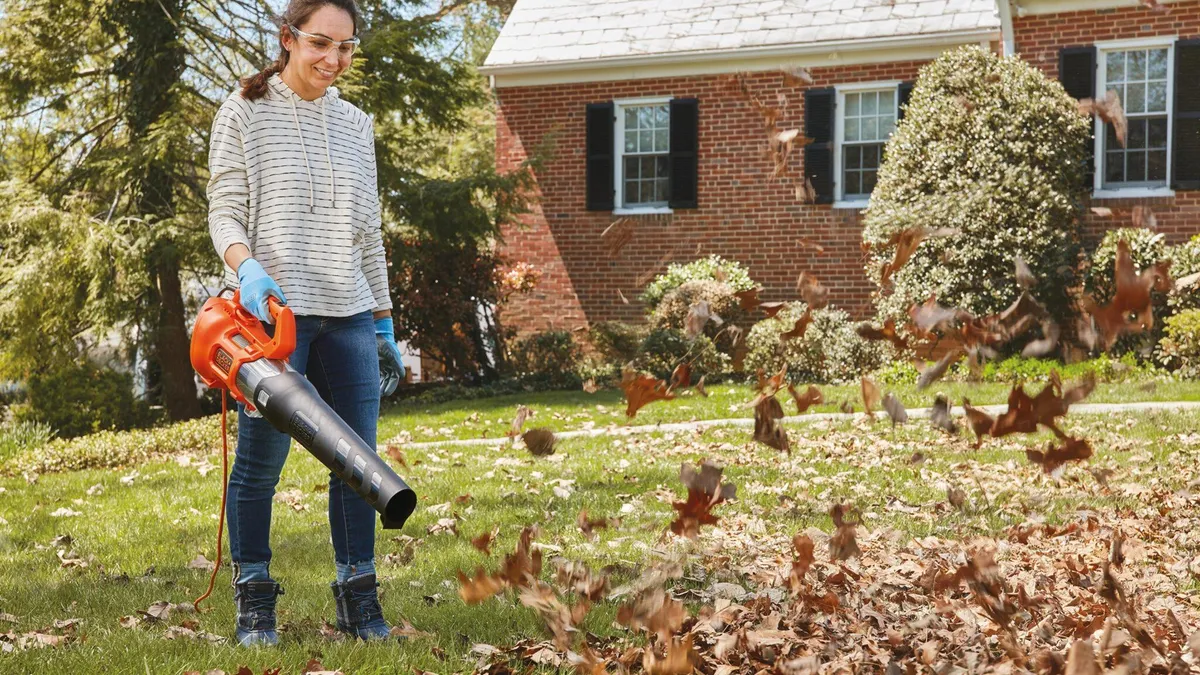
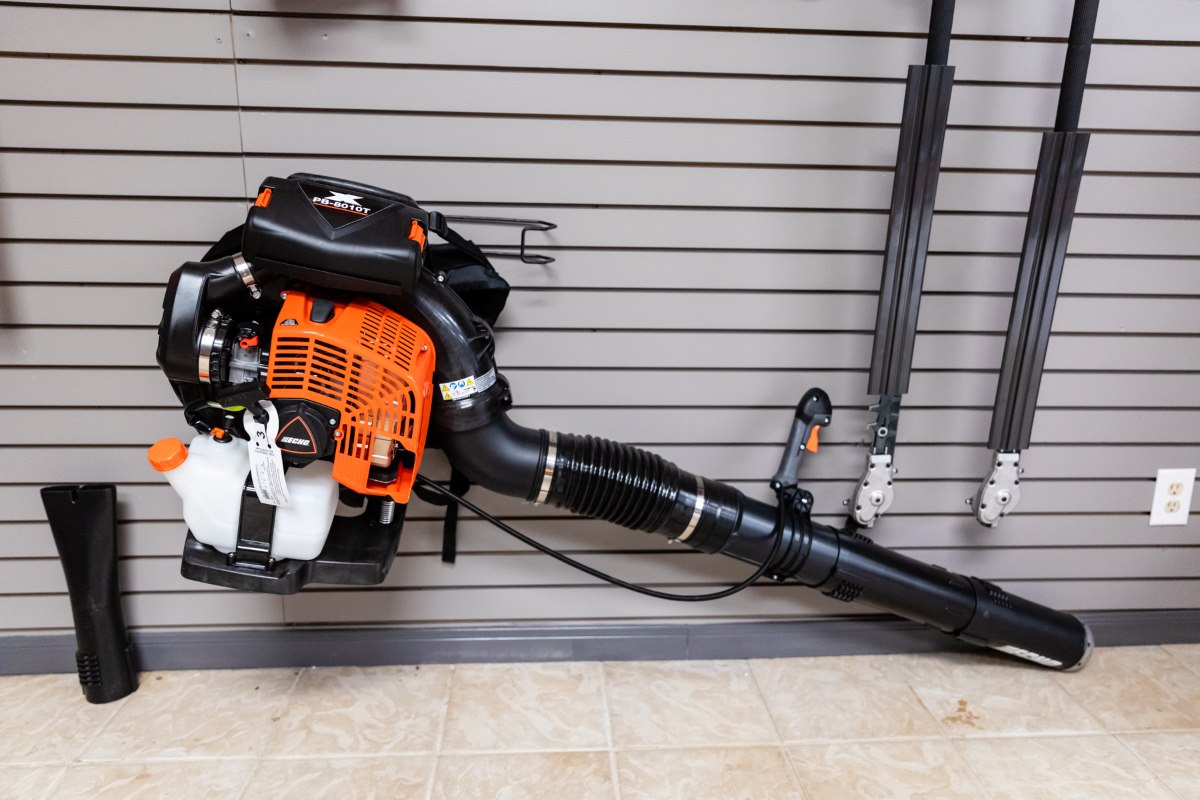
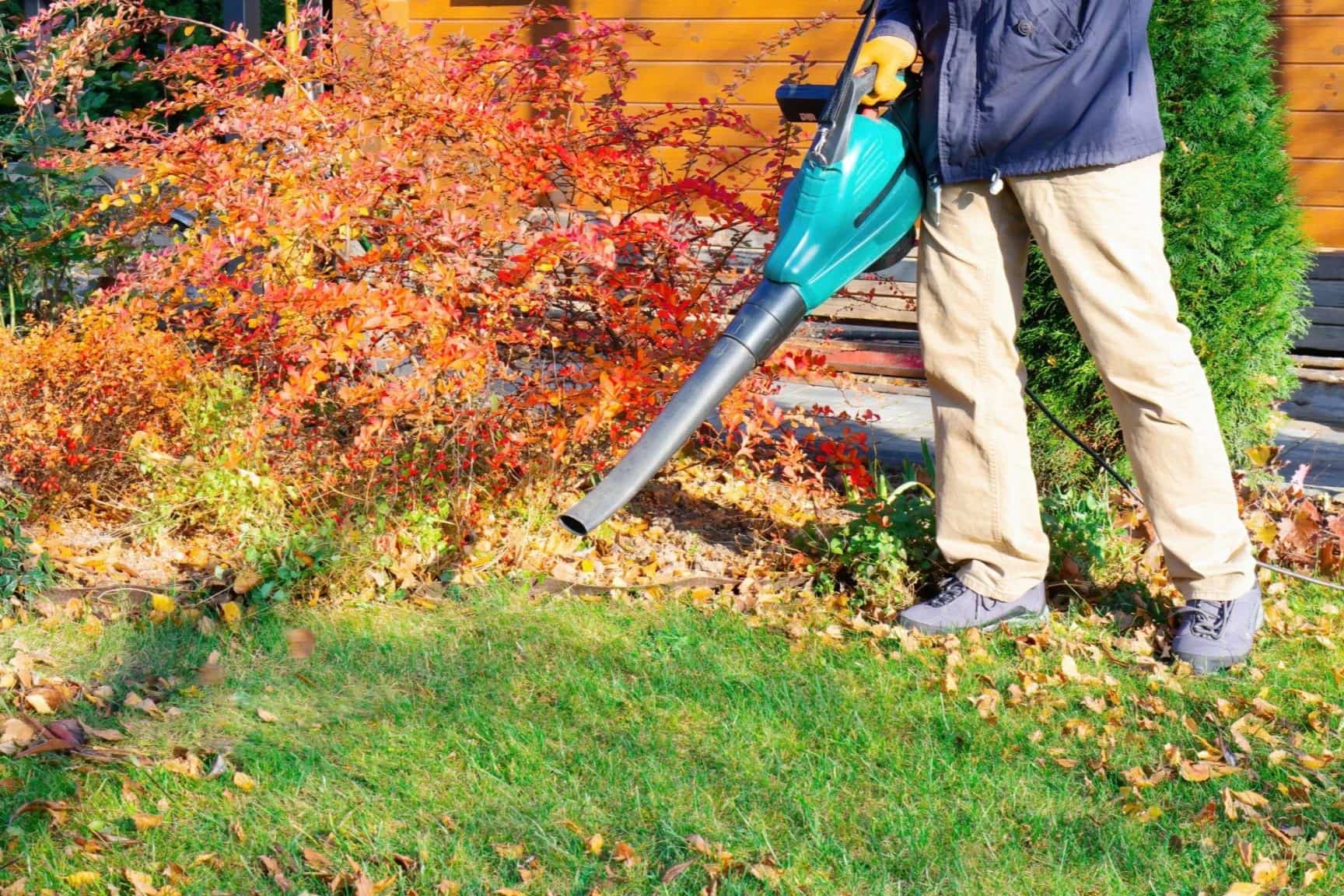
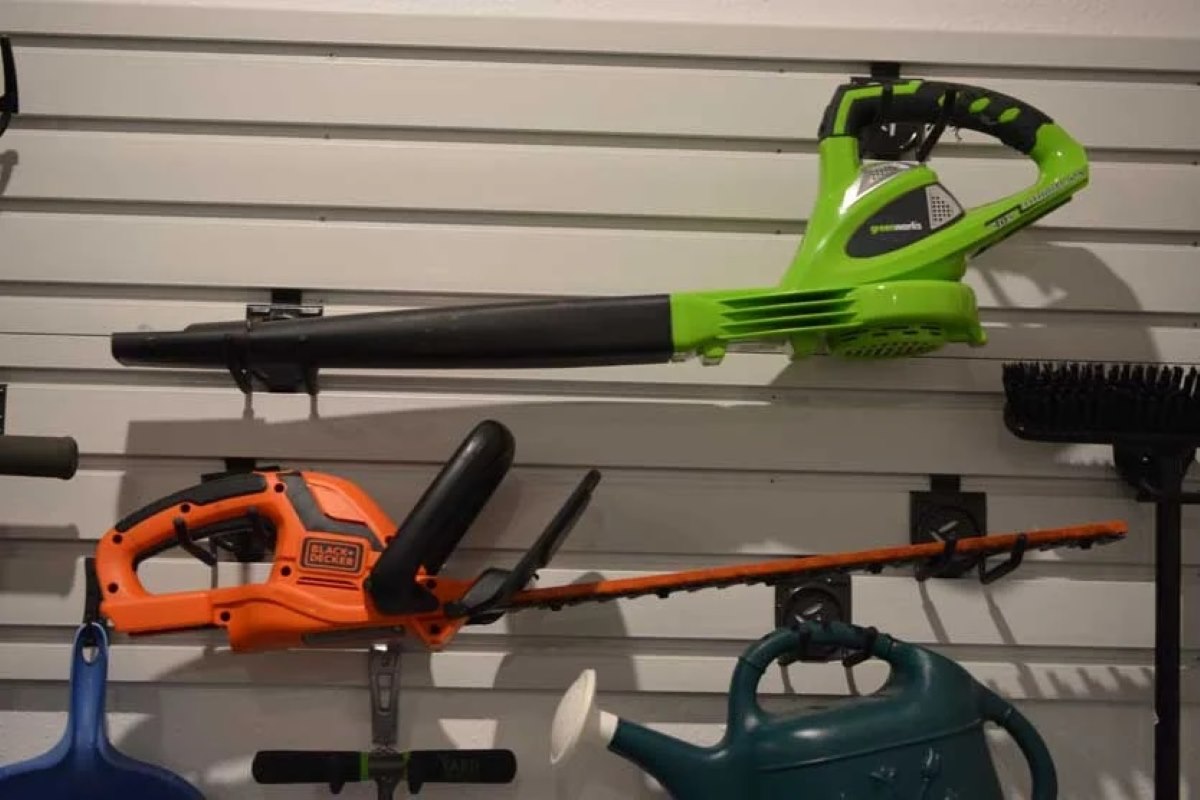
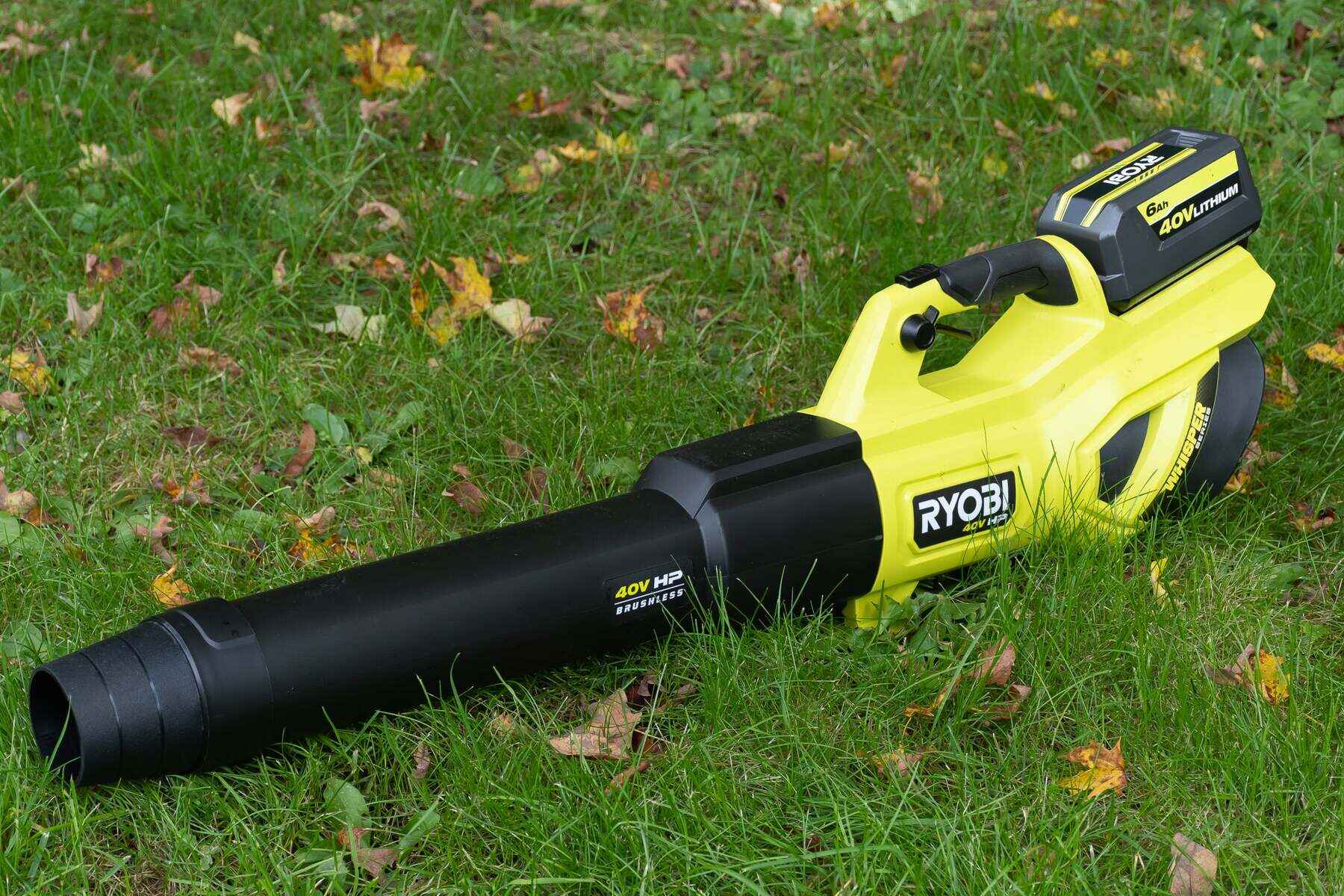
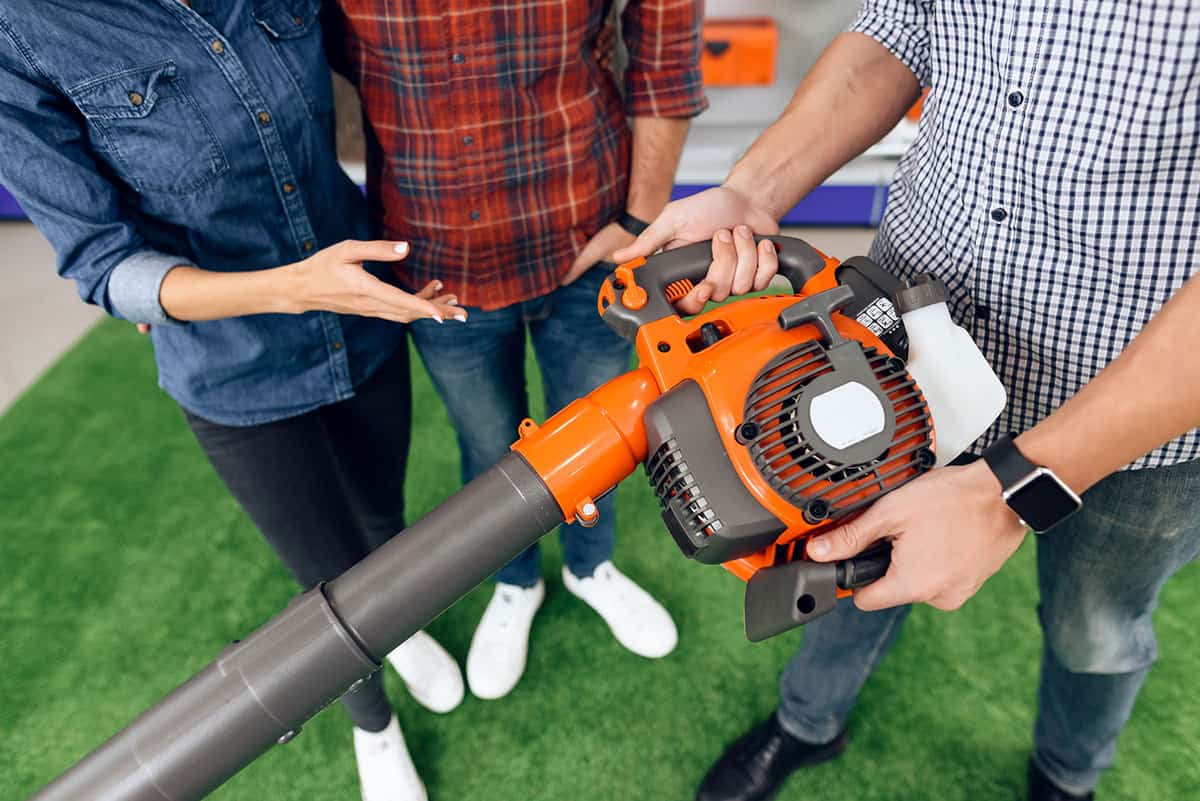
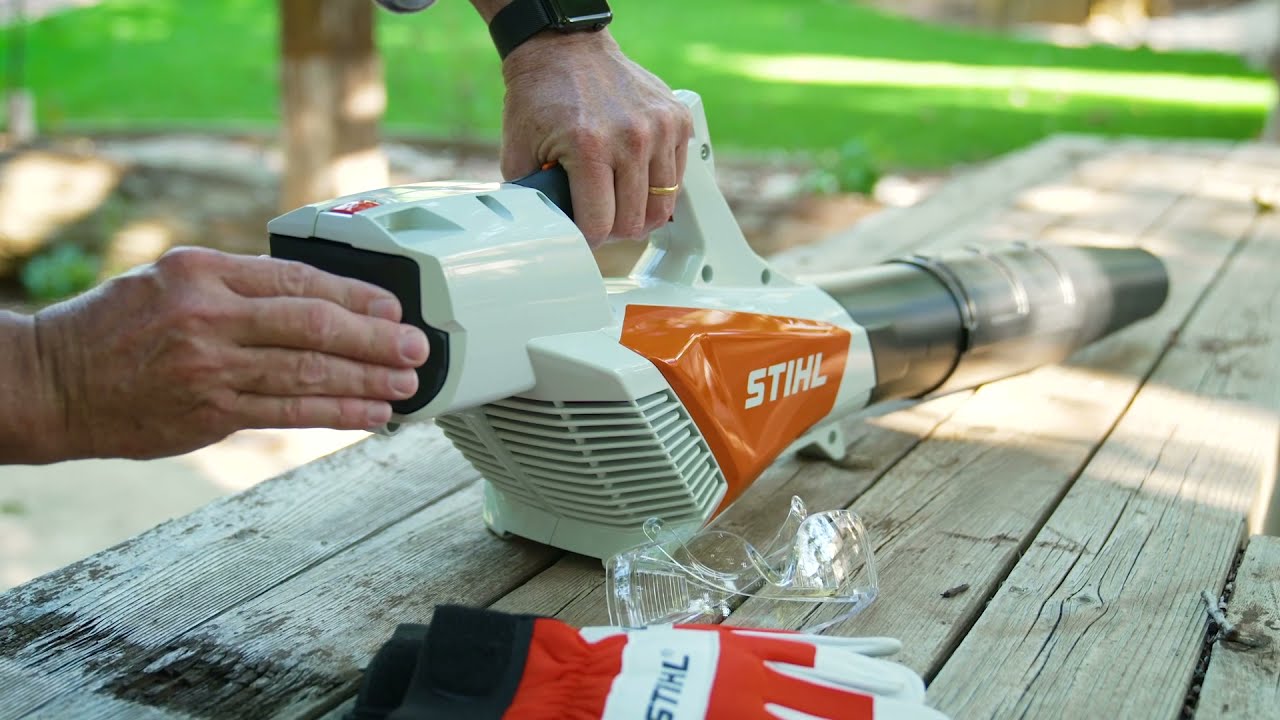
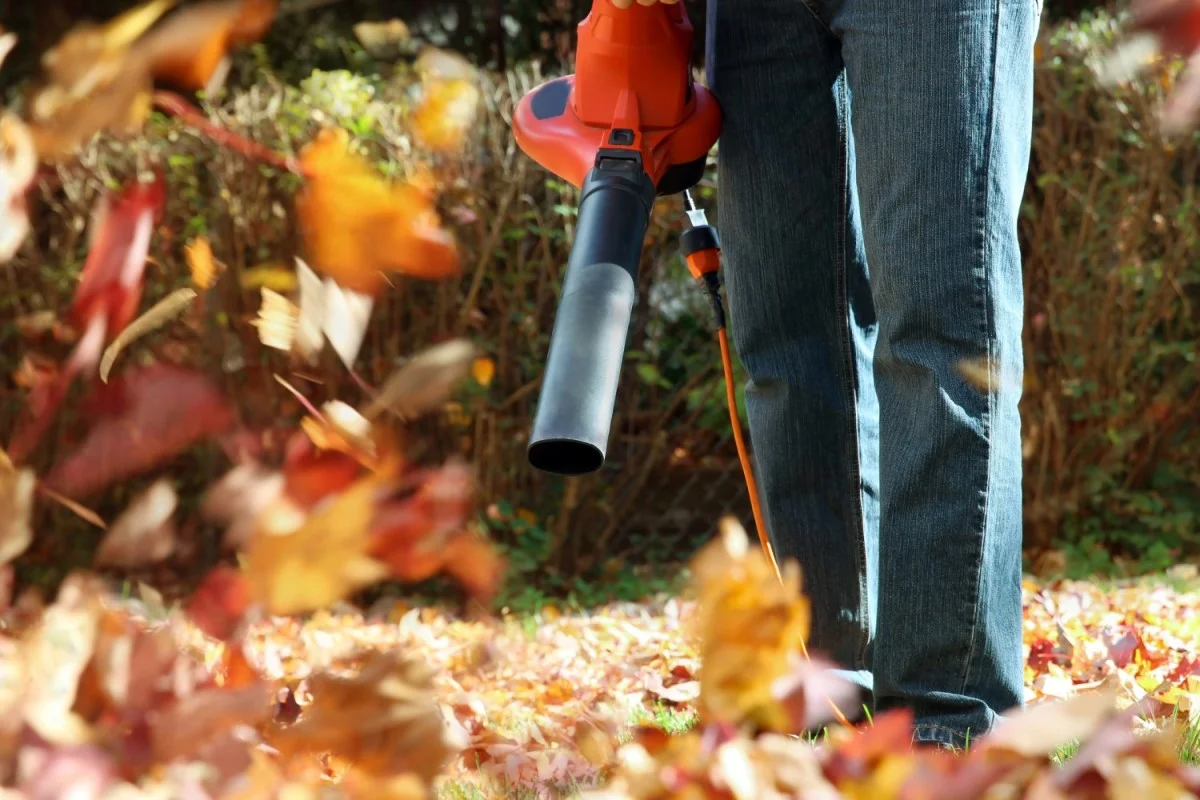
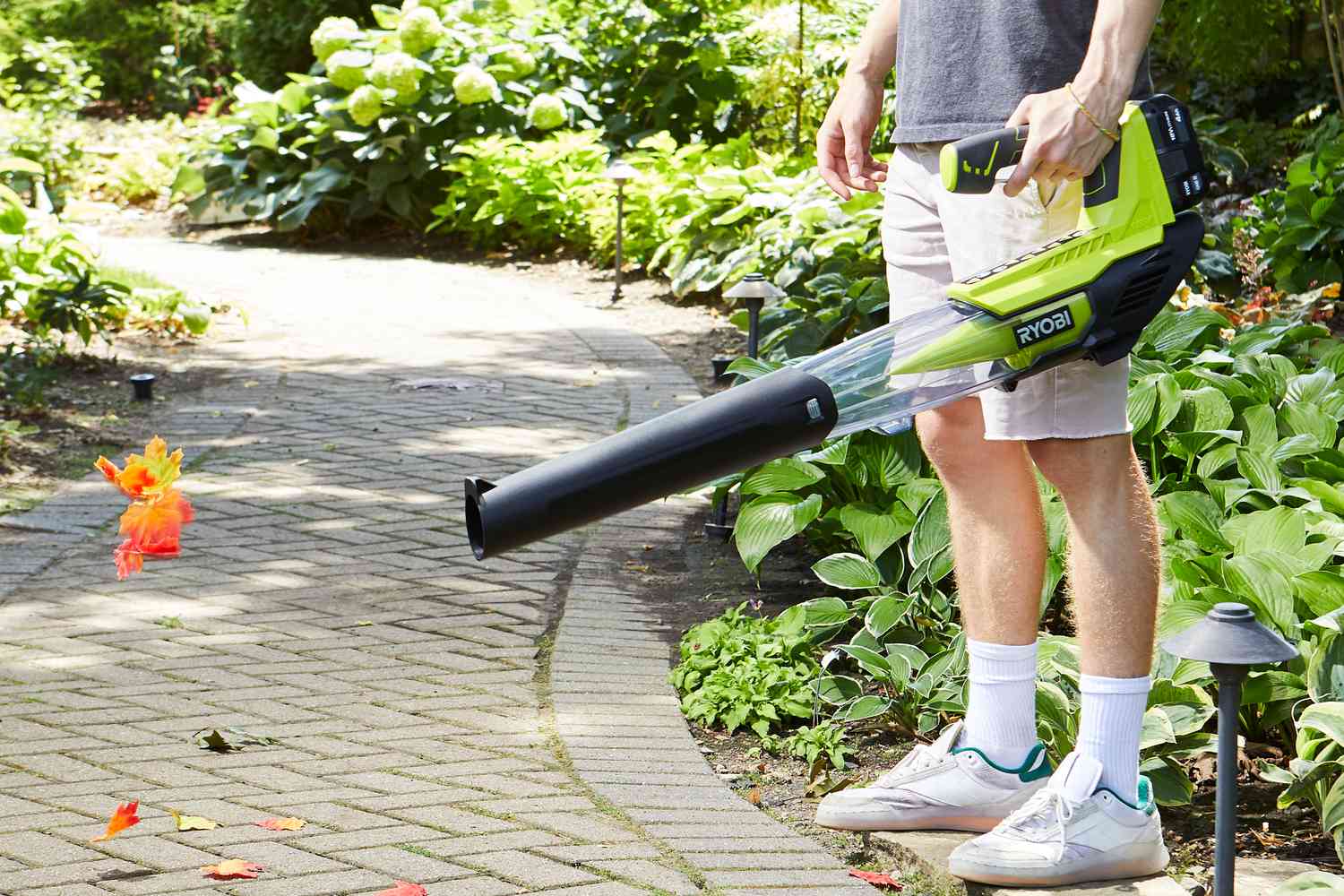
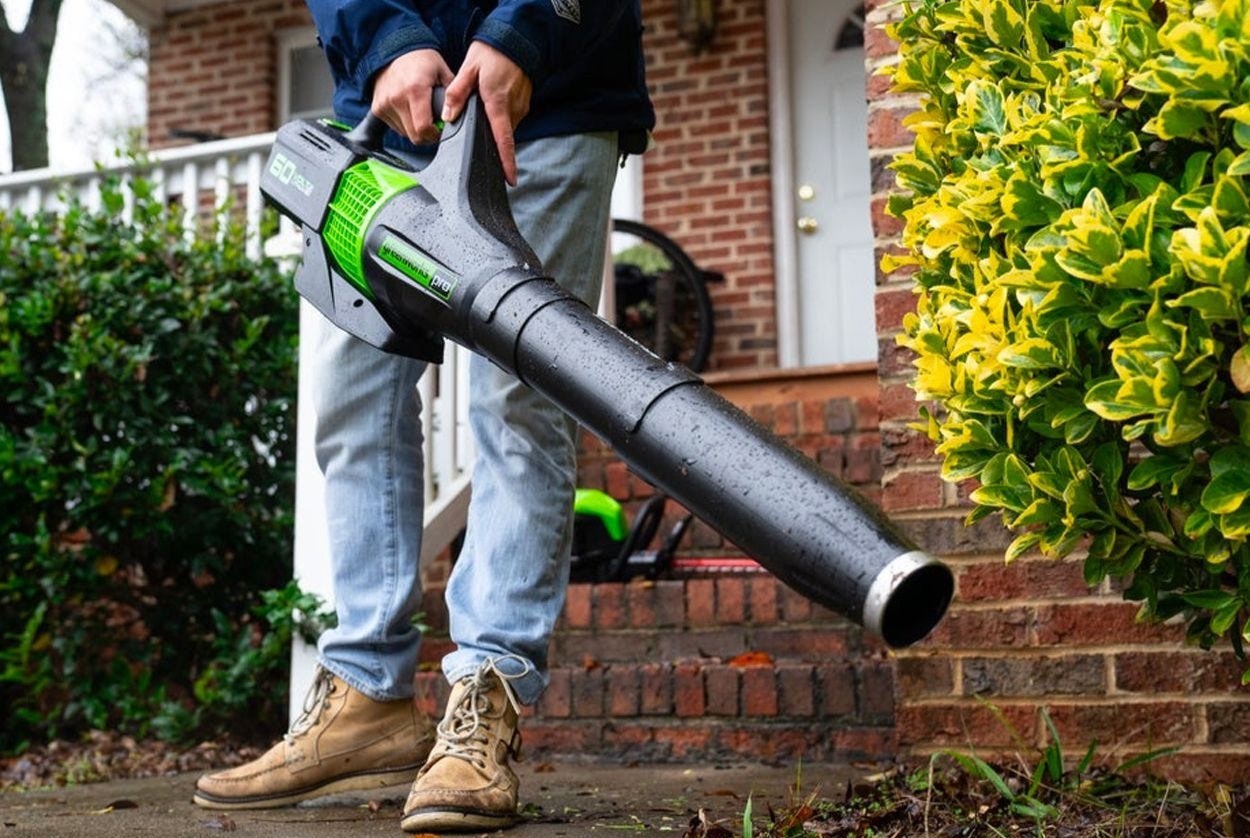
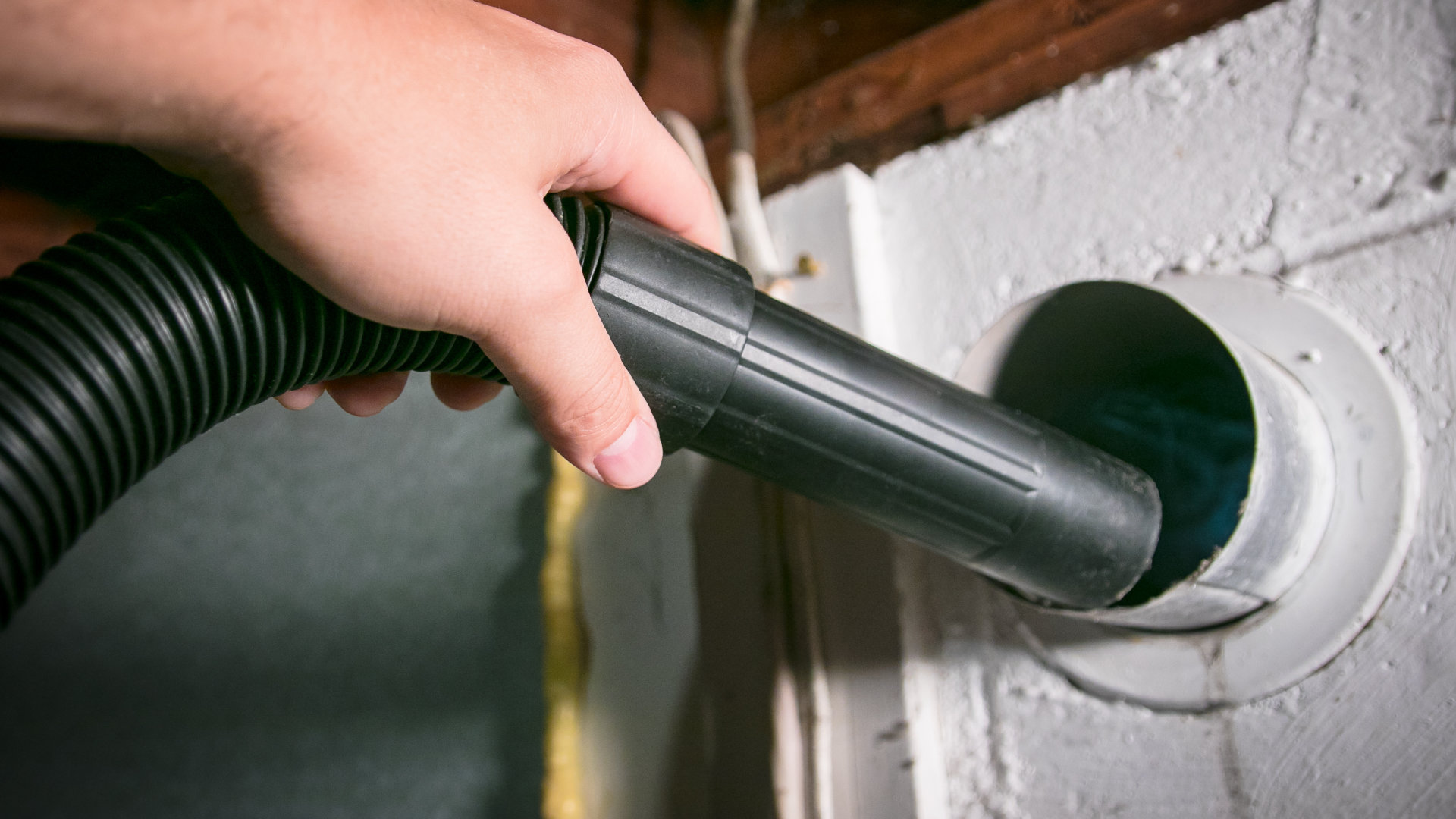
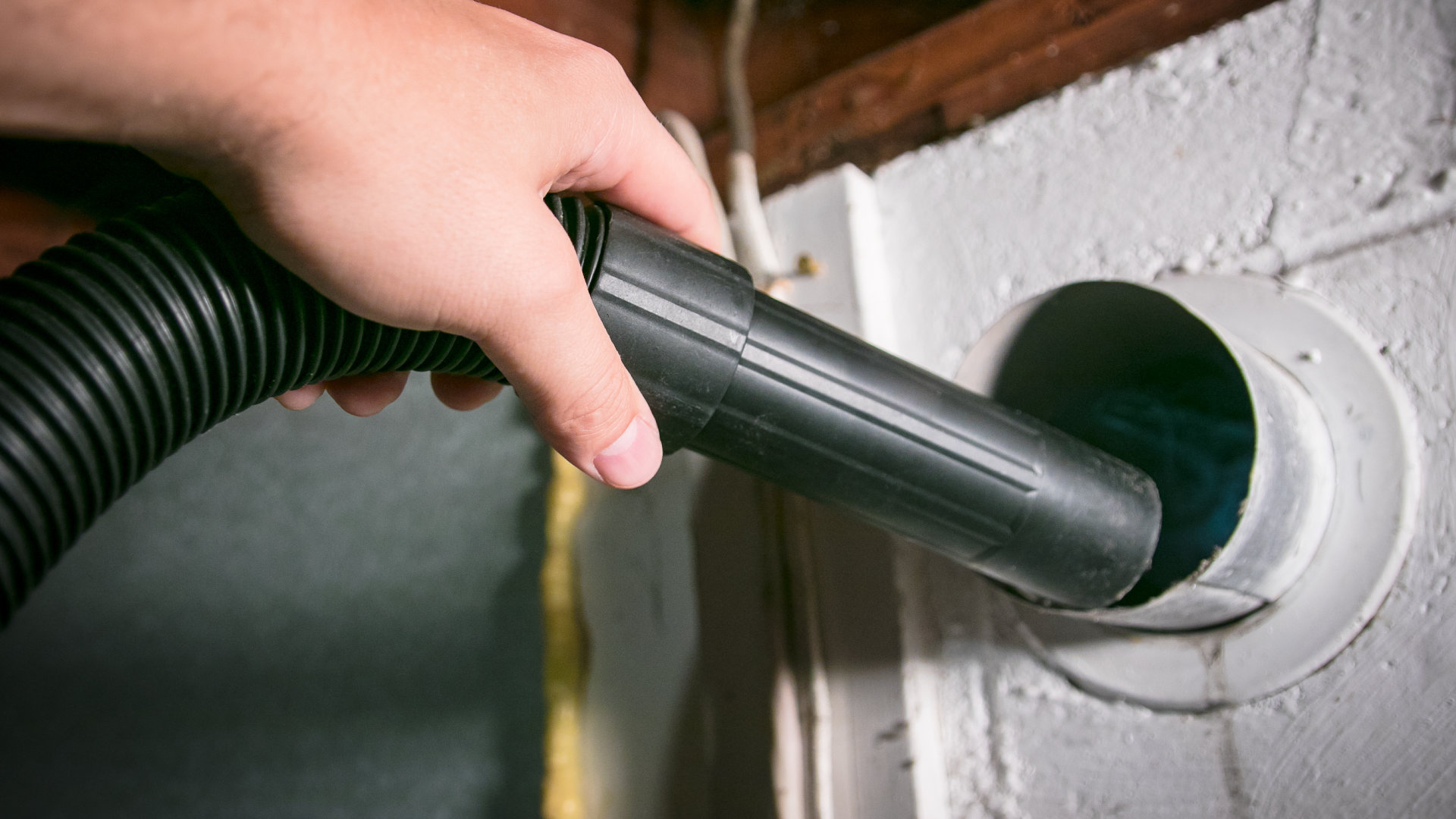

0 thoughts on “How To Use A Leaf Blower As A Vacuum”